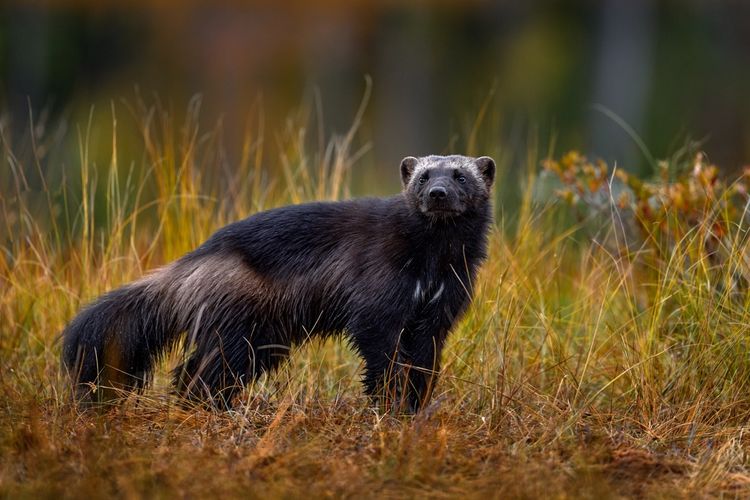On October 28, Todd Loewen, Alberta’s Minister of Forestry and Parks, lifted the limits on the number of wolverines trappers are allowed to harvest. Loewen made the regulation change quietly, conducting no public consultation.
According to Loewen, the change is intended to provide updated data on Alberta’s wolverine population. Under Alberta’s Wildlife Act, wolverines are listed as data deficient, meaning the government doesn’t have accurate numbers for the species.
In an email, Loewen’s press secretary, Alexandru Cioban, said the decision was made after extensive consultation with the Alberta Trappers Association. “Under the new framework, trappers will register their harvests, and their logbooks will provide accurate, real-time data on furbearer populations in each area, ensuring that we have the information needed to make informed decisions,” he said.
Wild Profile: Meet the wolverine
Previously, it was almost entirely prohibited to trap wolverines in Alberta. Now, any individual with a registered fur management licence will be eligible to harvest them. All trapping, however, must still be conducted in registered fur management areas, typically found on Crown land. Along with wolverines, the regulation change has also lifted trapping limits on fishers, lynx, and river otters.
While the Alberta Trappers Association is happy with the change, the Alberta Wilderness Association (AWA) argues that the government is making a mistake. “All the data we have points to the wolverine population being in decline, and trapping is a huge cause of mortality,” says Ruiping Luo, a conservation specialist with the AWA. “We don’t agree with the idea of opening up these limits because we don’t know if it’s sustainable.”
The most recent wolverine population survey was conducted in 2003, with experts estimating that there were fewer than 1,000 breeding wolverines left in Alberta. And the species has been on the province’s “blue list,” meaning it’s in consideration for designation as threatened, since 1996.
By allowing trappers to kill the animals, Luo argues that wolverines could be pushed to extinction in Alberta. “There are somewhere around 1,700 to 1,800 trap lines in Alberta, and, at a population of about 1,000 wolverines, that’s more trap lines than wolverines,” she says.
How well do you know your weasels?
If wolverines did become extinct in Alberta, Luo says it could have a cascading effect on other predators and prey, impacting their populations and the surrounding ecosystem. “More and more research is showing that as we’re losing biodiversity, we lose the health of these species. The more species that we lose, the more likely there’s going to be ecosystem degradation, and the more likely that we’re going to start losing the health of the landscape and the ecosystem services that we will rely on,” she says.
Rather than using trappers, the AWA suggests that the government use professionally trained biologists to radio collar wolverines or perform DNA analyses. “There’s a lot of technology out there that can used be for non-destructive samples,” Luo says. “Live capture or taking samples that don’t involve killing the animals.”
The AWA is urging residents to write letters to Loewen voicing their opposition to the regulation change.
Press secretary Cioban said in his email that the quotas on wolverine trappings can be restored as needed, but this decision will be based on the data collected by the trappers.










































